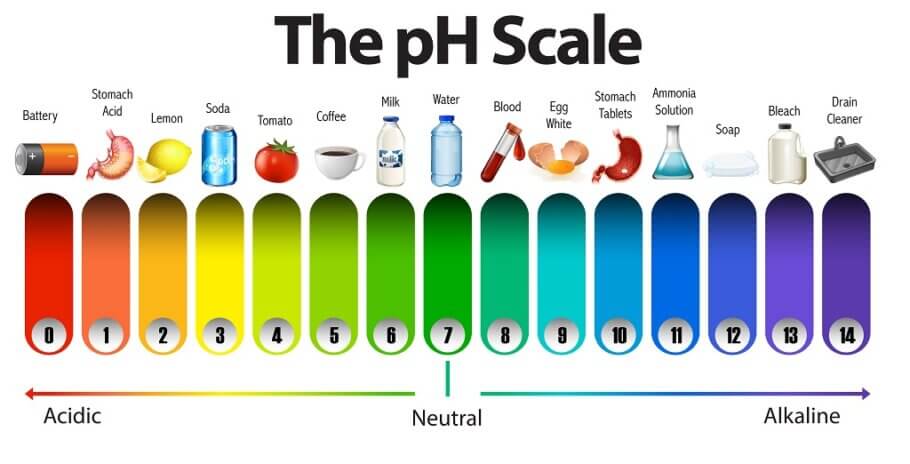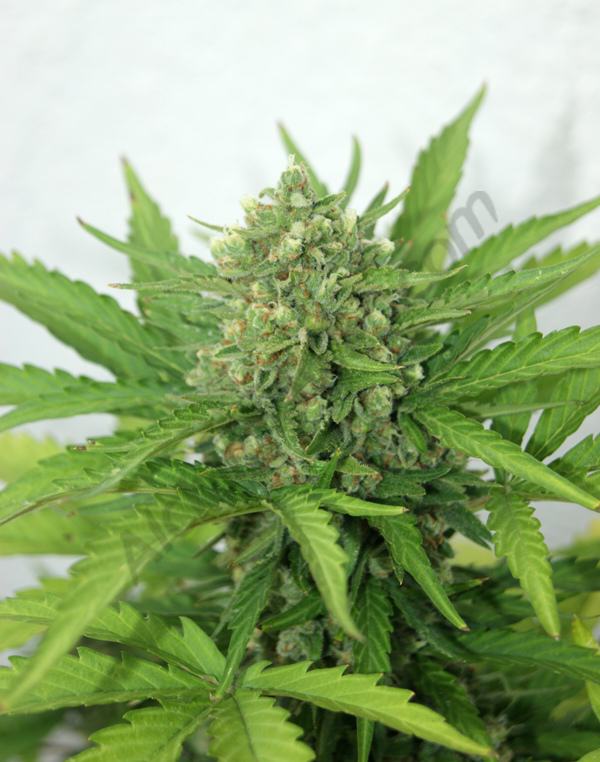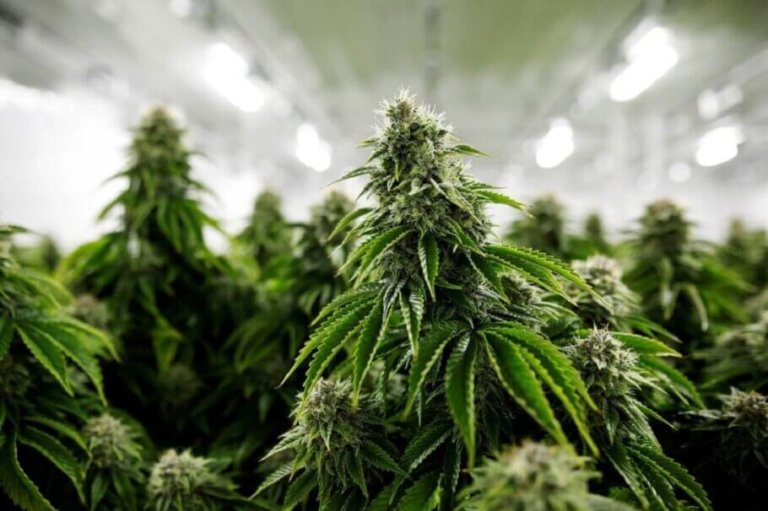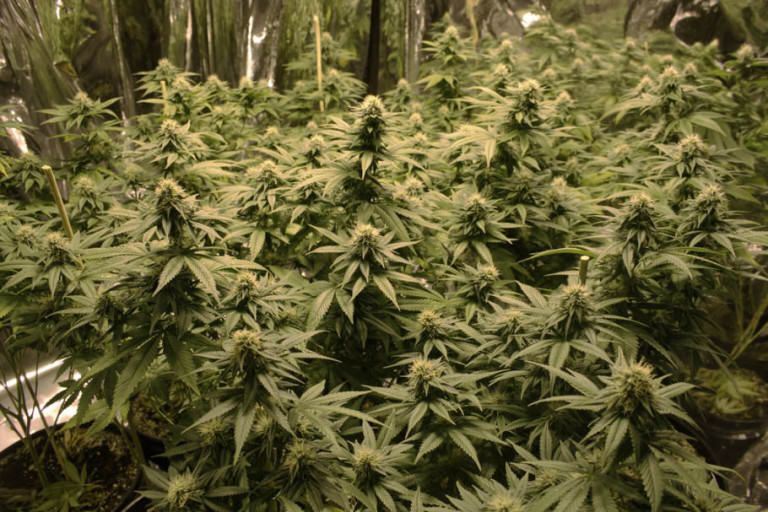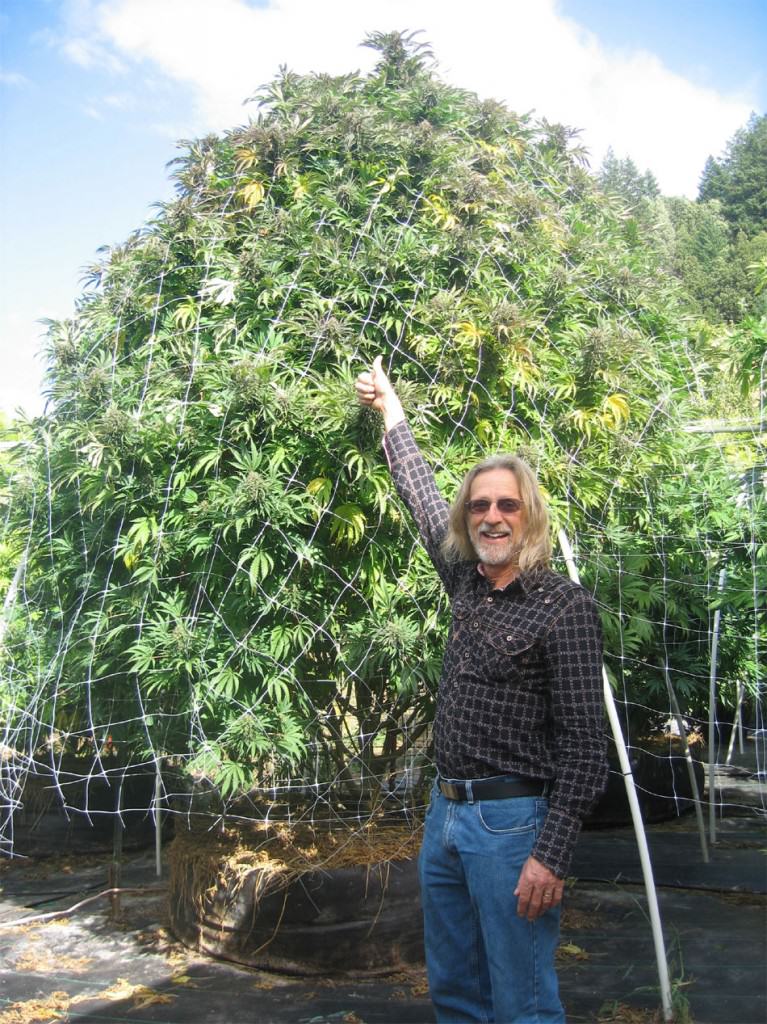Common errors in the cultivation of automatic plants
List of contents
Spring is getting closer, and with it, the ideal conditions for cannabis cultivation, which is why many growers are already starting to plan their outdoor grow for the season ahead, while others are planning a last indoor crop before the dreaded summer heat arrives. It's no secret that auto-flowering cannabis seeds (also known as automatics) represent a considerable part of the varieties that can currently be found in the market, with sales increasing year upon year, thanks in large part to the excellent work done by breeders and seed banks.
Whether you grow outdoors or indoors, in this article we're going to show you a series of tips and tricks towards successful autoflower cultivation, highlighting the typical mistakes that are usually made when growing this type of genetics and proposing alternatives that will make your grow much more efficient, with greater yields and higher quality of the final product.
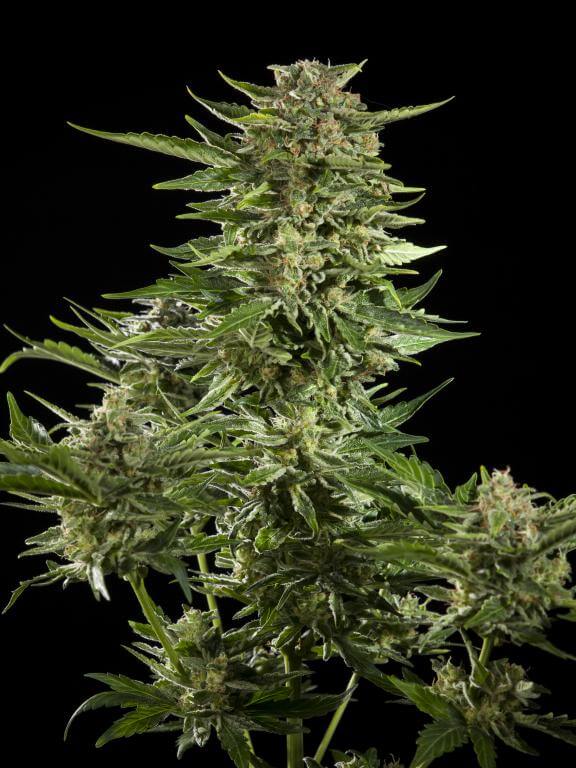
Basic principals of cannabis cultivation
So as not to make this too lengthy, we'll start with the idea that you're already familiar with cannabis cultivation but have little experience with automatic varieties. If that's not the case, don't worry, all these "dos and don'ts" will be a great help to increase your experience as growers! So, if concepts such as pH or Electroconductivity aren't at all familiar to you, or you're still not clear on how to use fertilisers or which substrate to choose, you can follow the links and get some great information on each topic.
So, let's imagine that you're already clear on everything and now you're ready to choose an automatic cannabis variety for your next grow. You may prefer the more narcotic Indicas, or perhaps you love the stimulating effect of Sativas, but... whatever the auto genetics you choose, we recommend you to read this article and not make any of the mistakes that we mention below, as they could seriously compromise the quantity and quality of your harvest!
pH and cannabis
In this post we tell you about pH and how important it is for having healthy and lush cannabis plants. Either in soil or inert substrates, adjusting the pH value is very important for our plants to properly assimilate nutrients, so it is something that every grower should know about.
Autoflowering cannabis plants & photoperiod
One of the first doubts that can arise, even before the seeds have germinated, is: what photoperiod do my autos need? A common mistake in indoor cultivation is not to provide enough hours of light to achieve satisfactory vegetative growth and, consequently, abundant flowering. Often, novice growers will use the same photoperiod as for photo-dependent varieties, in other words, 18 hours of light and 6 of darkness during the growth period, and 12 of light and 12 of dark when flowering. However, auto plants do not need long nights to bloom, they will flower well with much more daylight hours! This is directly related to the final yield, which obviously will not be the same if our plants are given 12 hours of light per day during the flowering phase as, for example, 20 hours. They will give much larger buds with a 20/4 photoperiod over the whole grow!
In outdoor cultivation, and taking into account that these varieties usually take about 10-12 weeks from germination to harvest, the best time to sow is in mid-spring, when the number of daylight hours begins to increase. In this way, we will take advantage of the months with better weather and greater solar exposure, easily enabling you to get two harvests in the same season, by starting one in mid-March and the other in early or mid-June. Sowing too early (before spring) will probably result in small plants that will have suffered in low temperatures, the same outcome as sowing too late at the end of summer.
Using too small a pot
This is a common mistake that often can often lead to disappointment for the grower, who may end up harvesting a plant that's only 20 or 30 centimetres high, with a much lower yield than expected. The explanation is simple; When the seed germinates, its main taproot develops downwards in a straight line. As soon as the root tip encounters a barrier (the base of the flowerpot) which stops it growing any further, the aerial parts of the plant will cease development and soon after initiate flowering, with a much smaller structure than if it had been in a larger pot or planted in full soil, which is where these varieties offer the best performance.
To avoid this unfortunate phenomenon, we need simply use good-sized plant pots from the start, with a minimum capacity of 7L for indoor plants and 15L outdoors. This way we make sure that the plant will reach a considerable height before flowering, and be able to deliver the yields we expect.
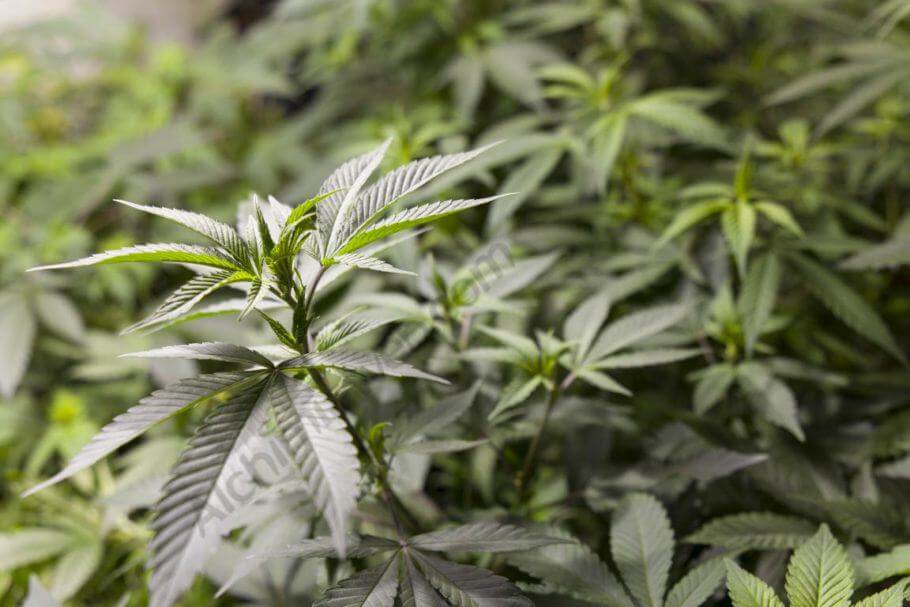
Transplanting automatic plants
Another frequent error, and one which is often a result of the last mistake we mentioned. It's not uncommon - in fact, in many cases it's correct - to think that it's better to use several pots throughout the plant's life cycle. In this way, as it grows and needs more space for the roots, it gets transplanted to a larger pot. However, automatic plants really don't like transplants!
As we've already seen, the switch from vegetative growth to flowering is partly related to the state of the roots. It may be that we damage them during the transplant, or that we do this too late, at a point when the plant is already rootbound. The golden rule: to avoid problems when working with auto genetics we should always use one single pot of the correct size from the beginning to the end of the grow, or if possible, grow in full soil.
Overwatering in autoflowering plants
Once we've managed to germinate the seeds and our plants are beginning to grow, it's important not to fall into another frequent mistake that many novice growers make: watering the plants too much. Cannabis in general - and automatic varieties in particular - prefer an irrigation cycle by which the substrate goes from being wet (but not soaked) to almost dry (never completely dry, otherwise the roots will quickly die). Particular care must be taken during the first few days, when the plant is still small and its water needs are much lower than they will be after a few weeks, so it's vital not to saturate the substrate with water, especially at the beginning of the grow, and keep in mind that it is better to water a little each day than to saturate the water pot and then not water for several days.
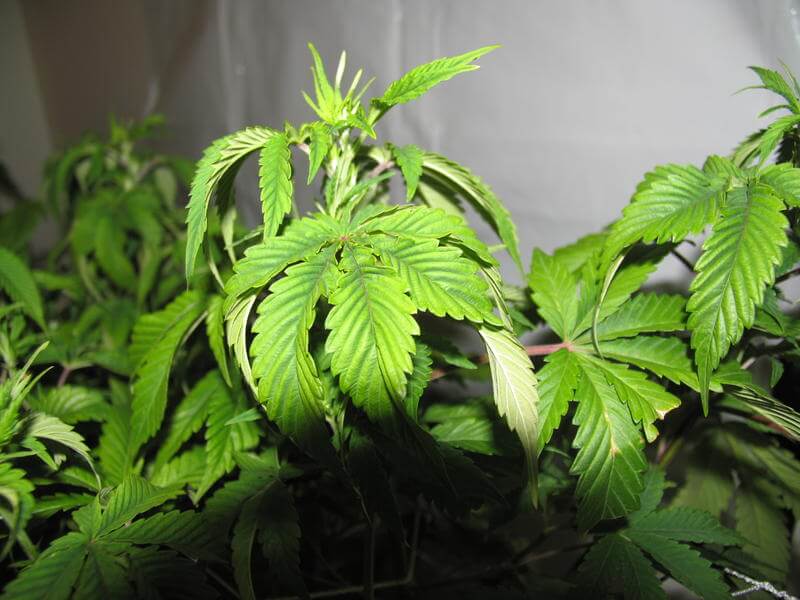
Pruning automatic plants
Given that their cycle of growth and flowering is independent of the photoperiod, autoflowering plants are not exactly the ideal genetics to apply pruning techniques to. If we prune an auto plant we run the risk of slowing its growth down too much, resulting in it starting to flower at a noticeably smaller size than that which it could have reached without pruning. This, obviously, has a negative effect on the final production, so it's always better not to attempt to prune autos, letting them grow freely (of course, we can train or guide them if necessary).
We hope that these simple tricks will help you to get a problem-free autoflower harvest. By simply avoiding the errors that we've outlined here, you're already on the right track to success; The only thing you'll have to worry about is giving them the best care you can, they are certain to reward your efforts!
Happy harvests!

















































